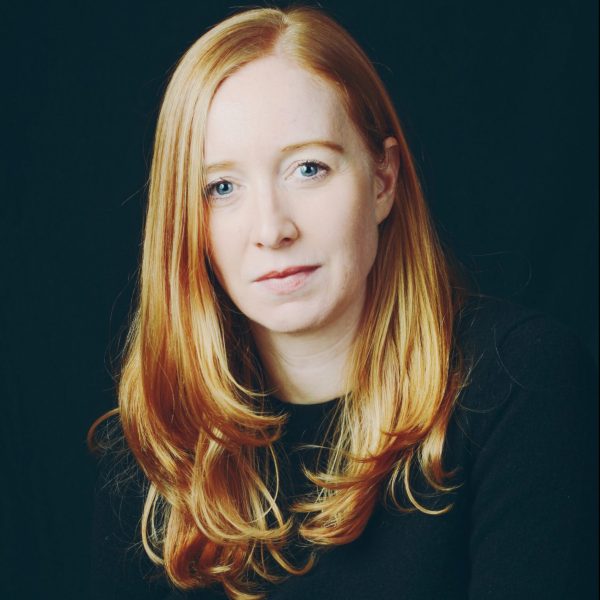
Dr. Kelly Holloway
Featured Researcher
Kelly is a medical sociologist with interdisciplinary training in health policy and political economy. She is a Scientist with the Canadian Blood Services’ Centre for Innovation, and Assistant Professor at the University of Toronto’s Institute of Health Policy, Management and Evaluation. Following her doctoral work in Sociology at York University, Dr. Holloway did two CIHR-funded postdoctoral fellowships at Dalhousie University and the University of Toronto.
Kelly investigates donor behaviours to effectively inform strategies and approaches to recruitment, using qualitative research methodologies to understand how donor behavior is situated in political, social and economic contexts. Her current work focuses on plasma donation and health policy.